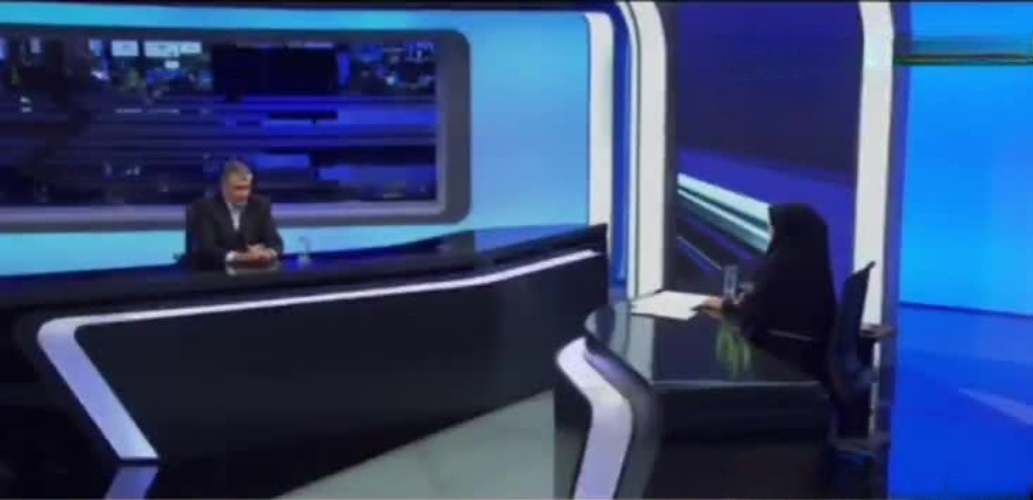Significant Developments Unfold in Iran’s Nuclear Program
On Saturday, November 16, 2024, a significant development surfaced regarding Iran’s contentious nuclear program. Iran’s nuclear chief disclosed that the United Kingdom has introduced a draft resolution targeting Iran among the Board of Governors (BoG) of the International Atomic Energy Agency (IAEA). This revelation adds another layer to the ongoing diplomatic and strategic tensions surrounding Iran’s nuclear activities.
The announcement came from Mohammad Eslami, the head of Iran’s Atomic Energy Organization, during an address aimed at shedding light on the international pressure his country is currently facing. Eslami stated that they had already conveyed Iran’s stance to Rafael Grossi, the Director General of the IAEA, emphasizing Tehran’s readiness to take retaliatory measures if necessary. “We informed IAEA Director General Grossi that the moment voting begins next Wednesday at the IAEA, we will immediately initiate adopting measures in response, even before the voting concludes,” Eslami asserted.
The proposed resolution spearheaded by the UK and supported by a coalition of Western powers represents an escalation in the efforts to exert pressure on Iran concerning its nuclear program. The resolution, likely centered around Iran’s alleged non-compliance and lack of transparency regarding its nuclear activities, signals growing frustration among BoG members. This latest move follows a series of reports and assessments that have raised alarms about the acceleration of uranium enrichment in Iran, sparking concerns that the program could be used to develop nuclear weapons capabilities.
The IAEA’s Board of Governors, a 35-nation body, plays a critical role in overseeing the agency’s operations and ensuring that member states adhere to the provisions of the Nuclear Non-Proliferation Treaty (NPT). A draft resolution against a member state typically aims to prompt corrective measures or signal the need for further inspections and increased transparency. In Iran’s case, the scrutiny has centered on the discovery of undeclared sites and traces of uranium particles that suggest activities outside of the civilian nuclear framework claimed by Tehran.
Iran, however, has consistently maintained that its nuclear program is purely for peaceful purposes, including electricity generation and medical uses. In response to the draft resolution, Eslami’s remarks suggest a heightened readiness for counteraction that could deepen the standoff with Western nations. While the precise nature of these potential measures remains unspecified, past Iranian responses have included restricting IAEA access to facilities, reducing cooperation on oversight mechanisms, or accelerating nuclear enrichment activities further.
This latest development also places Director General Grossi at a pivotal juncture. His leadership has previously been marked by attempts to navigate the fine line between rigorous inspection mandates and fostering constructive dialogue with member states. Grossi’s role in mediating between Iran and the BoG will be crucial in determining the trajectory of the impending resolution vote and its aftermath.
Should the resolution pass during next Wednesday’s voting session, it could lead to a new wave of diplomatic maneuvers. Iran’s threatened measures could strain already fragile relations with the international community and potentially spark reciprocal actions from the United States and its European allies. The potential fallout from this confrontation could also influence broader geopolitical dynamics in the Middle East, particularly with nations already on alert over the implications of a more emboldened Iranian nuclear program.
Observers note that this impasse highlights the challenges faced by global governance structures in balancing non-proliferation objectives with sovereign states’ insistence on national interests. The next steps by the IAEA and the reactions from both Iran and the international coalition led by the UK will be watched closely, as they could signal either a path towards further isolation for Tehran or a renewed effort at negotiation and diplomacy.
